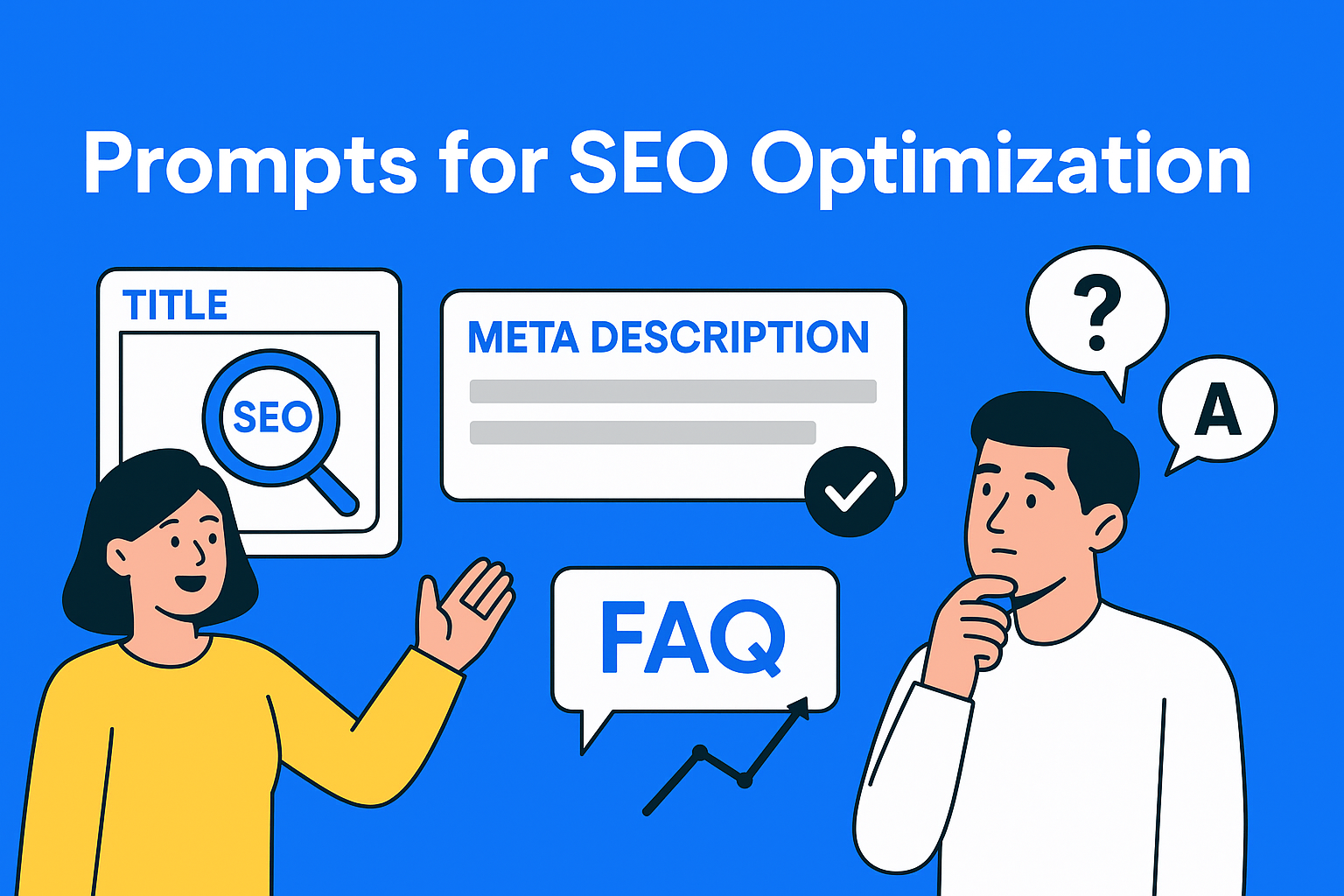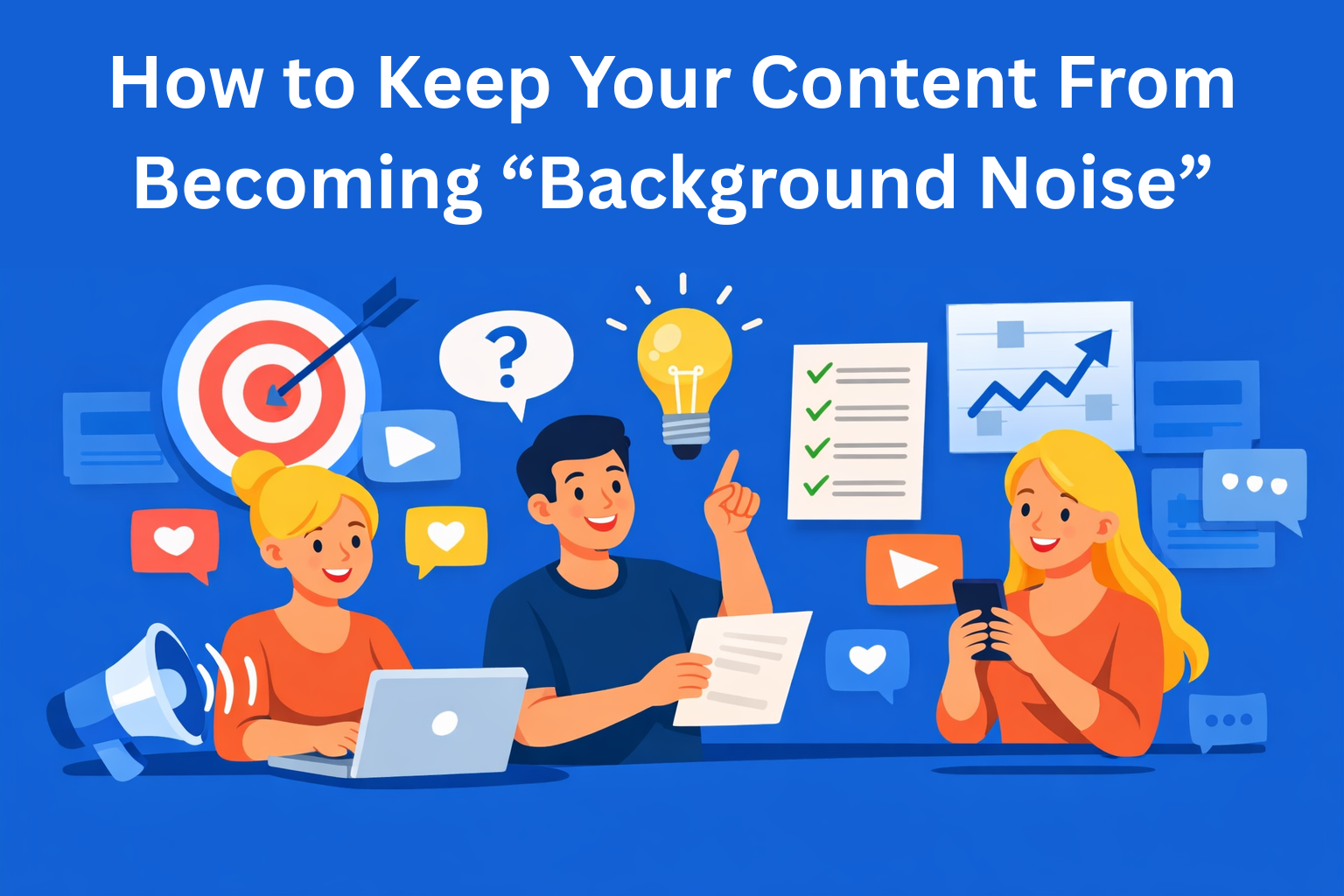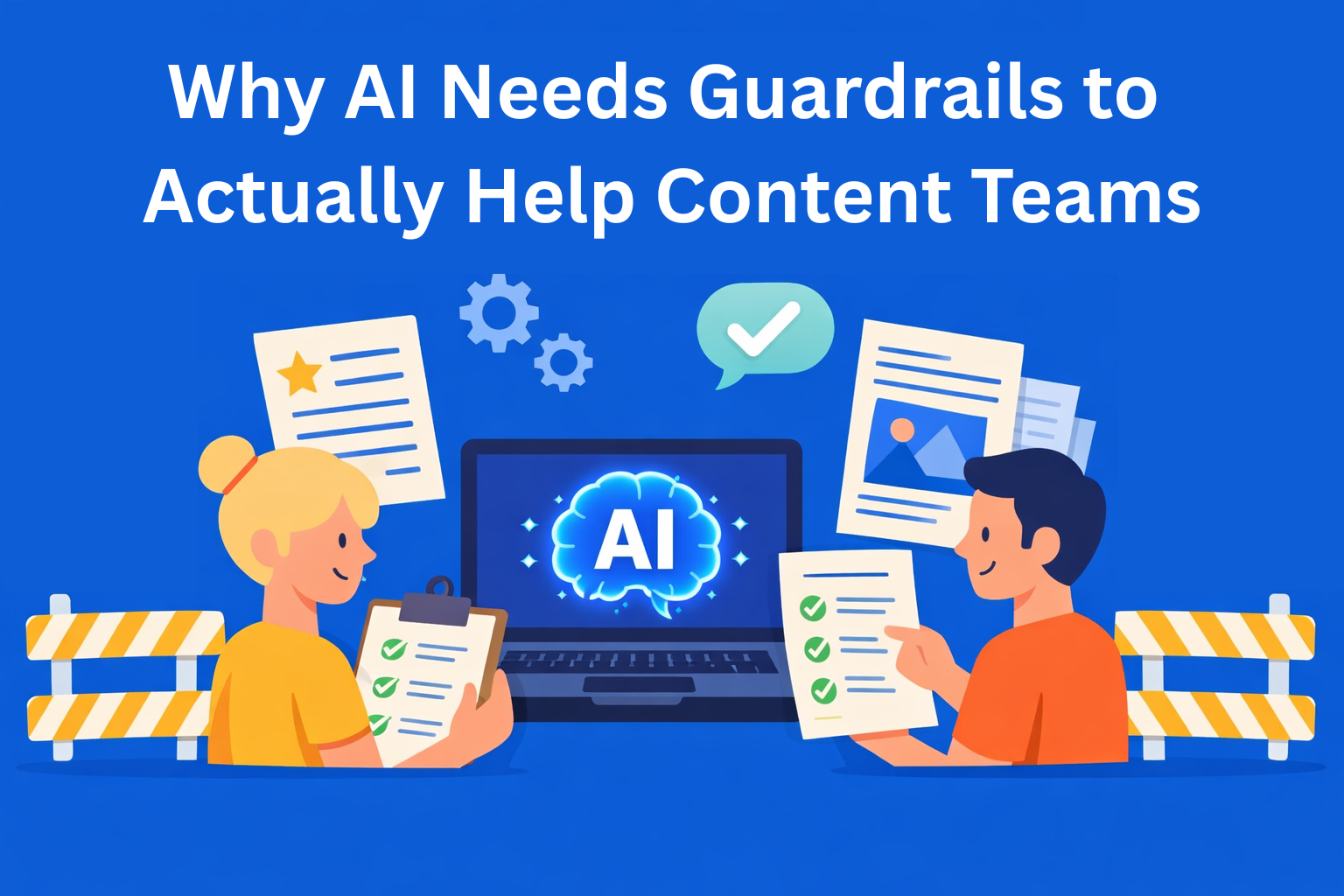Prompts for SEO Optimization: Titles, Meta Descriptions & FAQs
Learn how to boost your content with AI-powered prompts for SEO! Discover how to write better titles, meta descriptions, and FAQs that bring more clicks, improve rankings, and save you time. Simple, practical tips you can apply right away.

Everyone wants more clicks these days, and competition on Google is massive. That’s why it’s so important for your content to be SEO-optimized. Titles, meta descriptions, and FAQ sections are often the first (and sometimes only) thing people see when they find your website. In this post, we’ll talk about how AI and well-crafted prompts can help you create better content and attract more visitors.
Key Takeaways
- AI prompts help speed up SEO tasks like writing titles, meta descriptions, and FAQs without starting from scratch.
- Strong titles matter - keep them under 60 characters, include a keyword, and make them clickable.
- Meta descriptions should be clear and action-driven - around 160 characters with a call to action and keyword included.
- Well-structured FAQs can boost SEO by answering real user questions and earning featured snippets.
- Use A/B testing to compare human-written vs AI-generated titles or descriptions and improve your SEO strategy over time.
Why Use AI Prompts for SEO?
First of all - what exactly are prompts? While many already know, for those who might not: prompts are simply instructions you give to AI tools (like ChatGPT) to help you with tasks - like writing content. When it comes to SEO, the good news is that you no longer need to spend hours figuring out the perfect headline with the right length and keywords - AI can do that for you.
If you know how to give a good prompt, you can quickly get multiple versions of the SEO elements you need:
- Titles that grab attention and encourage users to click
- Meta descriptions that briefly explain what you're offering and invite people to visit your site
- FAQ sections that answer the most common questions your audience has
In other words, you don’t have to start everything from scratch. With AI, you get ready-made suggestions for titles, descriptions, and FAQs - and then you just tweak them to match your tone and audience.
SEO doesn’t have to be hard or exhausting anymore. Instead of spending hours crafting every sentence, AI gives you options - and you pick what works best.
How to Write SEO-Friendly Titles Using Prompts
The title is the first thing a user sees. If they don’t click - nothing else matters. A good SEO title should:
- Be short and clear, ideally between 50 and 60 characters so it’s easy to read and shows fully in search results
- Include the main keyword - this helps both Google and users understand the topic right away
- Sound interesting and click-worthy - try to make it helpful, informative, or problem-solving
Examples of prompts for titles:
- "Write 5 SEO-optimized blog titles on the topic of digital marketing, focusing on strategies for 2025."
- "Write catchy and engaging titles that include the phrase SEO tools and sound like they solve a common SEO problem. The goal is to immediately attract attention and show the user that the content will help."
One good prompt can give you 10 title ideas, and at least 2-3 of them are likely to be excellent. That’s already a big win for your SEO strategy.
Meta Description: A Small Text That Makes a Big Difference
Meta descriptions often get ignored, but they actually play a big role in your CTR. A good meta description should be short - ideally up to 160 characters so it displays fully on Google. Clearly explain what the user can expect if they click. Include a call-to-action like “learn more”, “read the full guide”, or “check out our tips” to encourage clicks. Of course, include the main keyword to help with ranking and topic clarity
Helpful prompts for meta descriptions:
- "Write 3 different short meta description examples for an article about SEO. Each should clearly describe what the article is about, include a keyword, and end with a call to action like 'learn more' or 'read the guide'."
- "Write a simple and short meta description for a blog post that explains how to use AI to improve SEO strategies. It’s aimed at beginners, so make it clear, easy to understand, and inviting."
These small pieces of text often make the difference between someone clicking, or just scrolling past. That’s why optimizing meta descriptions is just as important as the rest of your content.
FAQ Sections - Your Secret SEO Weapon
FAQ (Frequently Asked Questions) sections aren’t just there to help users. They’re super valuable for SEO too. When you use the right keywords in your questions and answers, you increase the chances of getting featured in Google’s Featured Snippets - those boxed answers at the top of search results.
Smart prompts for FAQ:
- "Write 5 FAQ questions and answers for a small business website focused on local SEO. Each question should be something a real user might ask, and each answer should be short, clear, and helpful."
- "Create a FAQ section with questions and answers that explain how AI can help with content optimization. The questions should be easy to understand, and the answers should clearly show the benefits of using AI tools for SEO."
These sections can bring in extra traffic, improve visibility, and increase the time users spend on your site.
Bonus: Test and Improve with AI
One of the best things about using AI for SEO is how easily you can test different versions - whether it’s titles, meta descriptions, or even FAQ content.
Try an A/B test:
- Version A: a title you wrote manually
- Version B: a title suggested by AI based on your prompt
This way, you can compare which title gets more clicks and performs better - the one you came up with, or the one AI suggested. It helps you see what works best for your audience.
Check which version has a better CTR. You can track this using tools like Google Search Console, which shows how many times your title appeared and how many people clicked on it.
Based on that data, you can decide if you need to adjust your prompt, rewrite the title, or improve the description.
SEO isn’t something you do once and forget. It’s a continuous process of improvement. With AI, that process becomes easier and faster - without the headache.
Conclusion
If you’re not already using AI prompts for SEO - now’s a great time to start. Titles, meta descriptions, and FAQ sections are quick wins where you can improve your ranking without too much effort.
Well-crafted prompts let you test, refine, and scale your content faster than ever.
Try out some of the examples we shared and see how they work for you. The SEO world is changing - it’s time to start working smarter, not harder.






